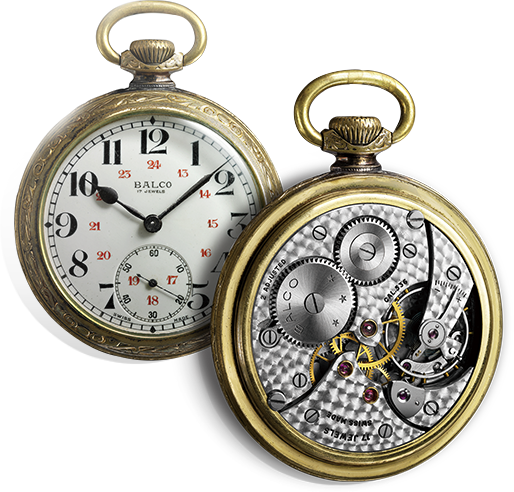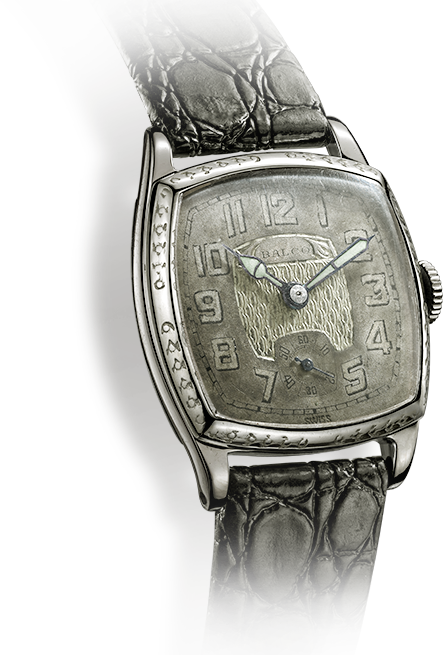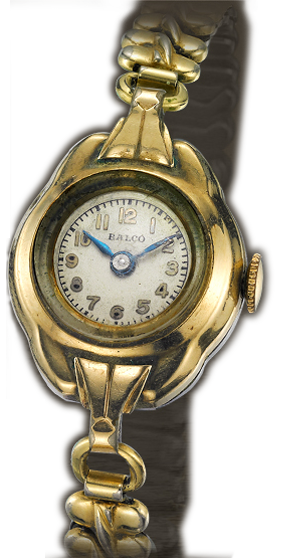
Classic timepieces stand the test of time
Balco’s mechanical pocket watches, launched in the 1920s, were very appealing and used the classic Arabic marks (numerals?) and spade-shaped hands. The crown and bezel were engraved with fine patterns that required sophisticated technology, demonstrating the extraordinary skill of the watchmaker; while the bridge of the case back was polished with perlée (pearl-shaped) patterns, creating an overall effect that was beautiful and very pleasing to the eyes.
It should be noted that this fine pocket watch, with such a long history, has not only remained intact in terms of appearance, but it still keeps accurate time after winding it up. This is proof of the rigorous production process and the pursuit of pre-eminence by the century-old Balco brand.

